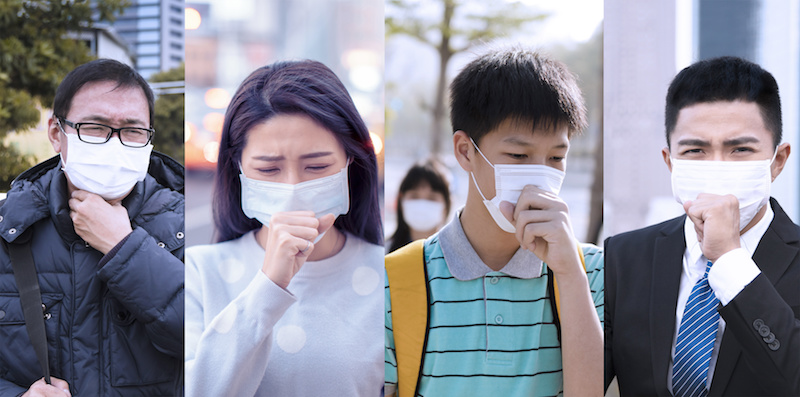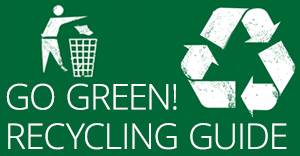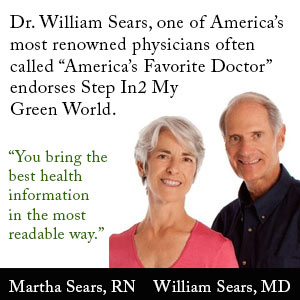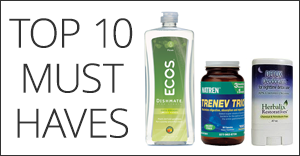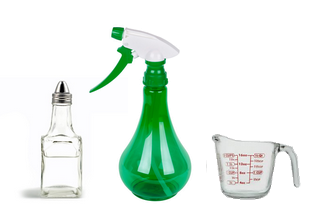
- Most conventional air fresheners contain basic chemicals such as formaldehyde, petroleum distillates, 1,4 dichlorobenzene and aerosol propellants.
- These chemicals are linked to skin and upper respiratory allergies and may lead to serious diseases.
- This vinegar detox air freshener is chemical-free.
- Formaldehyde is classified as a human carcinogen by the International Agency for Research on Cancer.
- Phthalates are hazardous chemicals known to cause cancer, hormonal abnormalities, birth defects, and reproductive problems. A study performed by the Natural Resources Defense Council (NRDC) found that 12 of 14 common household air fresheners contained phthalates and that none of them listed phthalates as an ingredient.
- The study indicates that may air fresheners currently being used are a threat to public health. US National Institute of Health (NIH) found that exposure to a VOC called 1,4 dichlorobenzene found in many air fresheners may be harmful to the lungs.
- Another chemical present in air fresheners is terpene, which when exposed to the air creates formaldehyde.
- Regulations:
- Air freshener manufacturers are not required to list ingredients in their products. The 2007 NRDC study on air fresheners resulted in a petition to the Environmental Protection Agency (EPA) and Consumer Product Safety Commission (CPSC) to more tightly regulate air fresheners.
- DIY home fresheners are healthier alternatives.
- You control the ingredients and save money at the same time.
- Vinegar detox air freshener:
- Mix:
- 4 Tbsp white distilled vinegar
- 3 cups of water
- 4 drops lavender essential oil
- Transfer to a spray bottle
- Spray when air is stale and when someone in your home is sick.
-
- Tips: Opening your windows at least 1o minutes a day is highly recommended. It creates airflow as stale air is bad for you.
-
- Introducing air purifying and filtering plants can help detoxify the air as well.
- For a lavender baking soda air freshener.
- Note: None of the information in our website is intended to diagnose, treat, cure or prevent any illness or disease. The content on our website is for educational purposes only.
- REFERENCES:
- 1. Natural Resources Defense Council (NRDC). ” Protect your family from the hidden hazards in air fresheners.” Web. 01 September 2013.
- 2. US National Institute of Health (NIH). ” Chemical in many air fresheners may reduce lung function.” Web. 01 September 2013.
- 3. The 2007 NRDC study “Common air fresheners contain chemicals that may directly affect human reproductive development.” Web. 01 September 2013.






